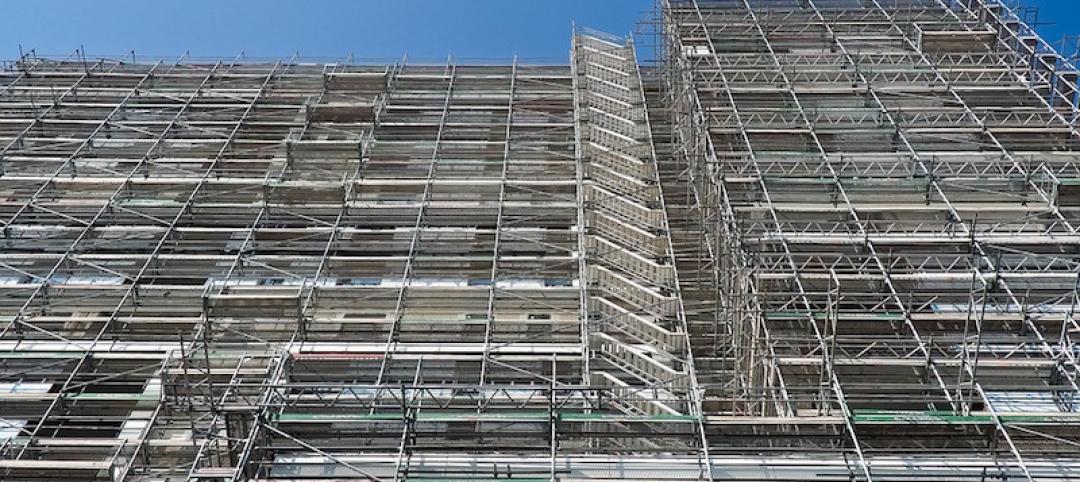Mass timber is an ideal material for structures designed for deconstruction and offers continued carbon storage after the expiration of the building’s lifespan, as well as removing material from the waste stream.
Advocates for this strategy point out that the wood not only sequesters carbon while the building is in use, but also continues to do so after it is disassembled and the wood is reused. A broader concept, Design for Disassembly and Adaptability, aims to extend the life cycle of buildings and their components, allowing the building to be updated, maintained, and modified more easily. And at the end of its useful life, disassembly allows for more efficient collection and reuse of materials and components.
Designing for disassembly requires professionals to rethink the way buildings are put together so that the materials can be disassembled and reused. This can be a complex undertaking that bucks existing common practices.
Demolitions are usually carried out quickly, making it difficult to reuse a large part of the materials. To counteract that impulse, the project should seek methods, solutions, and products that lend themselves to easier disassembly. In addition, specifying good quality materials that do not contain harmful and polluting chemicals make the parts more attractive for reuse.
Related Stories
Codes and Standards | Jul 10, 2017
New mass plywood panel project moves ahead with federal grant
New material is substitute for concrete and steel in multi-story projects.
Codes and Standards | Jul 6, 2017
Trump ups ante on apprenticeships, gives private sector more room to design them
Initiative aimed at alleviating construction industry worker shortage.
Codes and Standards | Jul 6, 2017
Flawed modeling to blame for green buildings failure to live up to hype on energy efficiency
Explains energy performance gap from expected savings to actual savings.
Codes and Standards | Jul 5, 2017
Research study examines tall timber buildings worldwide
Industry group developing criteria for categorizing wide range of construction approaches to tall timber buildings.
Codes and Standards | Jun 30, 2017
AAMA releases new document on aluminum fenestration and energy efficiency
The free download addresses entrances, storefront framing, curtain walls, windows and skylight fenestration systems.
Codes and Standards | Jun 29, 2017
Fire codes prevent cladding used on Grenfell Tower from being used in U.S.
Reports suggest an extra $6,300 for fire-resistant cladding could have prevented the tragedy.
Codes and Standards | Jun 28, 2017
Minimum Design Loads and Associated Criteria for Buildings and Other Structures, Standards ASCE/SEI 7-16, has been updated
The document is used for determining design loads including dead, live, soil, flood, tsunami, snow, rain, atmospheric ice, earthquake, wind, and fire.
Codes and Standards | Jun 27, 2017
Cold-formed steel framing engineering guide for building projects released
Better sound attenuation for subfloors and exterior continuous insulation are among the matters addressed.
Codes and Standards | Jun 26, 2017
L.A.’s new ordinance requires energy and water efficiency benchmarking
Structures 20,000 sf and larger must demonstrate steps to boost efficiency.
Codes and Standards | Jun 21, 2017
World Green Building Council: All buildings must be net zero by 2050 to avert 2°C rise
Building efficiency essential to tempering global climate change.

















